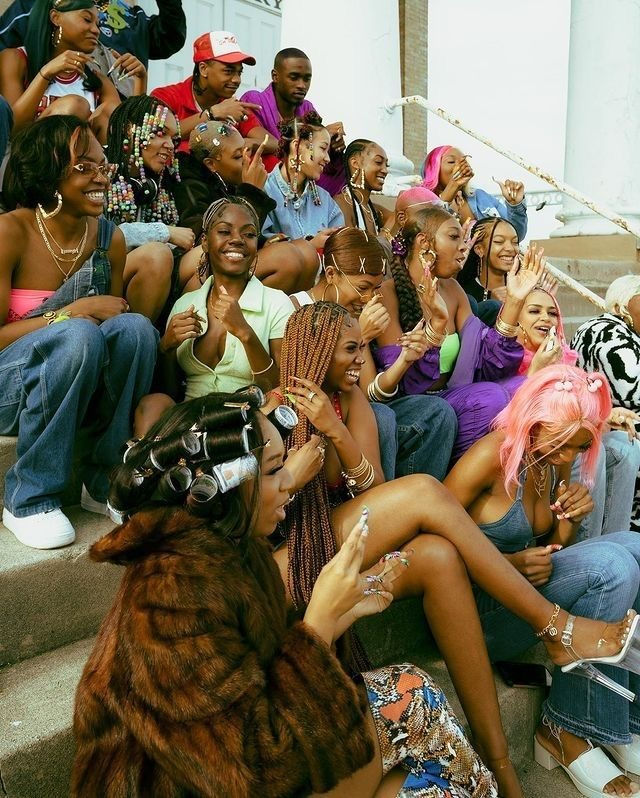"Black Britons Unveiled: Exposing Centuries of Cultural Condemnation"
- Nya'lay Amoah
- Feb 26, 2024
- 2 min read
As long as time stood, the notion of ‘Black’ or ‘Blackness’ has existed alongside it. From the evolution of monkeys, to when God made the skies and the heavens and the earth, he also made day and night.
Prescribed by some of the oldest dictionaries and dialects of the English translation the word “Black” has been entrenched with some of the saddest and most profound tales of danger and threat to society – a form of existence but not just quite an identity.
Oxford languages define ‘Black’ as “Belonging to or denoting a human group having [...] emphasis on “dark-colored skin” It goes on to describe black as “having something blackened” or “made dirty”. But for black to exist it’s counterpart white known as “pure and natural” draws a stark parallel to hierarchy.
Professor Paul Gilroy is widely recognized as one of the most distinguished and well-respected cultural theorists of our time. In 1987, he published his book 'There Ain't No Black in the Union Jack', discussing the racial injustices and prejudices perpetuated by a predominantly white Britain, amidst ongoing political divisions and riots in London's Brixton area and uprisings in other parts of the country, all following the New Cross fires.
To a then far-right white Britain, and arguably still today the emergence and integration of African and Caribbean Migrants contested all that Britain stood for of ‘harmony’ and honour’ then ruined by:
But what stands today is Black British culture, where the exhibit of Nottingham Carnival and Ghana Independence, the influx of black hair shops for Black British women to craft their hair into crowns of beauty, and the fusion of Afro-hip Hop and underground Bashment and Dancehall music as a space of union and togetherness.

When reflecting on what it means to be Black British throughout history, the generation of today may not face the exact problems of us vs them today, but we still face the victimization of being excluded from the credits of trendsetting culture such as cornrows traced back to the roots of “black crowns” were used as maps to escape from plantations from white slave owners.
Black students in Britain are still faced with the lowest degree of unemployment and admission acceptance is still made as a diversity quota for universities to demonstrate their progressive missions to be “inclusive”. The music scene created by black artists including the areas of drill is perceived as rampant and contributing to knife crime. Britain now may recognize the culture of “Black British” but still mistreats culture as an integration, rather than a fusion.
Printed by Kayla




Comments